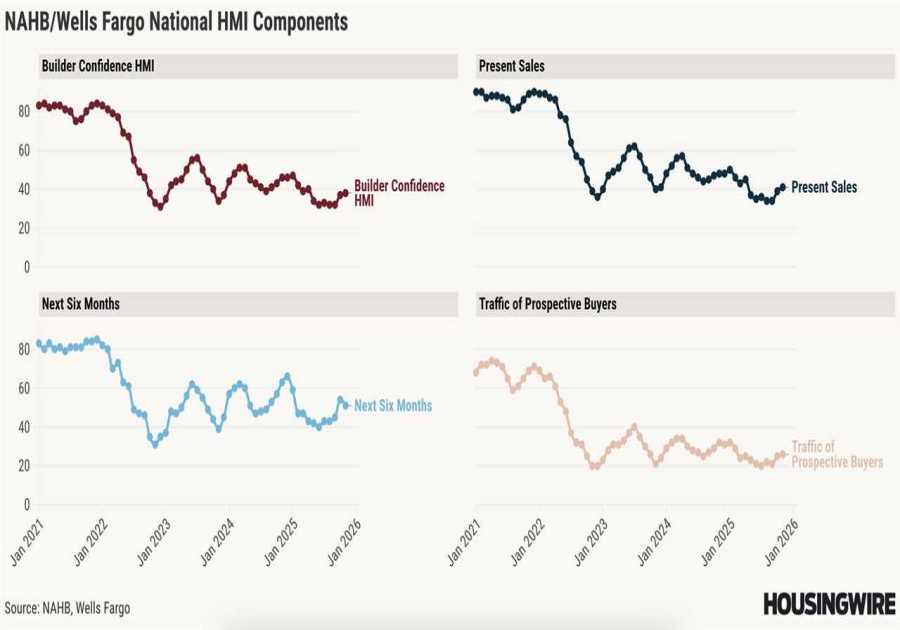Gather around, children. We are about to discuss some financial innovation: using computer chips as collateral for loans.
CoreWeave, a cloud computing startup backed by Nvidia and Magnetar Capital, has secured a $2.3 billion debt facility using Nvidia’s sought-after H100 GPUs as collateral. The company intends to use that money to purchase more high-end chips, among other things.
If your head hurts, let me try to sum this up: Nvidia invested in CoreWeave, which is reliant on Nvidia products, and now those Nvidia products are being used as collateral to buy… what is most likely more Nvidia products. Fantastic.
I find this striking! First of all, these are chips that are collateral, not the actual computers. Second, I’m generally interested in novel startup financial strategies, and this seems novel, alright. Third, I am extremely curious about the risk management here. I repeatedly emailed CoreWeave for comment but didn’t receive a response.
CoreWeave is a company that came from basically “nowhere” — this is the characterization of its co-founder, by the way — to build a data center in Texas and work extensively with Nvidia. Though the company was originally founded to mine Ethereum, it pivoted in 2019 to cloud infrastructure.
Isn’t that funny? Nvidia, historically, has been pretty hostile to its use of GPUs for Ethereum mining, even going so far as to nerf some of its chips to discourage it. Nvidia has also paid the SEC $5.5 million to settle charges, without admitting wrongdoing, that it unlawfully hid how much of its sales relied on the crypto mining market. And yet here it is, deeply entangled with a company that buys a lot of its chips and used to mine Ethereum.
CoreWeave absolutely nailed the timing on its pivot from crypto, so as the AI hype wave began to crest, it caught the attention of clients and investors. There was a shortage of GPUs because of the crypto boom — and though that’s busted, at least temporarily, the AI boom has meant that “who’s getting how many H100s and when is top gossip of [Silicon] Valley,” wrote Andrej Karpathy, who’s at OpenAI and was previously the director of AI at Tesla.
“People were still able to access GPUs last year, but when it became extremely tight, all of a sudden it was like, where do we get these things?” said Brannin McBee, the co-founder, in an interview with VentureBeat earlier this month. In April, the company closed a $221 million funding round despite the slowdown in venture investing; this is when Nvidia bought in. In May, CoreWeave got another $200 million, McBee said.
McBee’s interview suggests that CoreWeave is growing quickly. CoreWeave had $30 million in revenue last year, according to McBee. He projected $500 million in revenue this year and $2 billion the following year. If McBee’s numbers hold, that’s about 16 times growth from 2022 to 2023 — with revenue jumping around 66 times from 2022 to 2024. To some degree, they are bolstered by a contract with Microsoft for “potentially billions of dollars over multiple years.” Potentially. But that contract suggests to me that Microsoft hasn’t been able to get enough chips from Nvidia itself.
This sounds like a startup that is scrambling to meet demand and has to go buy some chips and build some data centers, right? It does make sense to me that such a company would look into debt — it’s a quick way of raising cash. Sure, interest rates are higher than they used to be, but if CoreWeave’s growth truly will be as massive as McBee is projecting, the cash infusion is still worthwhile.
But because CoreWeave is a startup, it needs a creative way to come up with collateral. This isn’t exactly a new phenomenon — Silicon Valley Bank, for instance, specialized in providing risky startups with financing. So what’s CoreWeave’s collateral on its loan?
Why, it’s Nvidia’s H100-based GPUs. Chips. Now, those chips are certainly valuable — they are as much as nine times faster at training AI software than their predecessors, and “AI developers are falling over backward to get their hands on them,” The Information reports. (Individual GPUs sold for around $40,000 on eBay as of April.) This is the first time H100 chips have been used as collateral, according to AnandTech.
This collateral is a little different than other startup loans I’ve seen: the chips have a built-in expiration date, and it’s soon. The successor to the H100 chips — the H200s — should be available for purchase next year.
The bullish case for the loan is that it lets CoreWeave expand quickly during a period when compute is in high demand, building new data centers and so on. If CoreWeave can move fast enough, it might even be able to use funds from the loans to get ahead of the curve and buy H200 chips when they become available.
The changeover from the H100 to the H200 won’t happen instantaneously, so the H100 chips won’t be immediately worthless. If the company can weather the transition well, it could emerge as a major player. The existing relationship with Nvidia suggests CoreWeave will also get preferential treatment when the H200 becomes available, which might cushion some of the switch.
But of course, Nvidia isn’t the only company racing to beat the H100; companies such as Microsoft, Google, and Amazon are trying to make their own chips. If one of them has a breakthrough, the collateral on CoreWeave’s loan also is suddenly worth a lot less — not only because chips could get cheaper, but because companies’ incentive to contract with CoreWeave will simultaneously drop.
That competition may explain why Nvidia invested in CoreWeave. Probably Nvidia prefers to sell its chips to CoreWeave, which is not trying to compete with its chips, rather than to Microsoft, Google, and Amazon, which are. By playing favorites here, Nvidia is trying to maintain a chokehold on the market. CoreWeave benefits because these big companies have to buy computing infrastructure from it.
But it’s also a high-risk endeavor. If someone else succeeds — and a lot of people sure seem to be trying to have breakthroughs! — Nvidia’s investment in CoreWeave is worth less because CoreWeave won’t be as in-demand. Nvidia has also potentially frustrated potential customers, the ones who are also maybe-competitors, by favoring CoreWeave, providing a tailwind to the competition if there is a breakthrough. And CoreWeave itself is stuck trying to pay off a loan it may not be able to afford.
There’s one other thing that feels odd to me. Basically every single one of these companies is bottlenecked by TSMC, which manufactures the most advanced chips in the world. Besides the risk there, in terms of supply chain, manufacturing capacity, and so on, the “T” in TSMC stands for “Taiwan,” which means there’s some geopolitical risk. Taiwan is sort of a sore spot for China, and should US-China relations worsen, that’s potentially a problem for Nvidia, which sells an awful lot of chips in China to companies such as ByteDance. Worsening tensions in the US-China trade war could potentially change the demand for Nvidia’s chips in ways that make the CoreWeave loan less valuable.
This is a remarkable concentration of risk! But there are serious players who like it: Blackstone, Coatue, BlackRock, and PIMCO are among the companies extending credit. I guess I’m just not clear on why the deal was arranged this way; if I zoom out and squint, I could imagine this as a kind of complex revenue-sharing arrangement from Nvidia. A revenue-sharing arrangement probably carries less risk than a loan, though it also doesn’t make as much money immediately available. To my mind, choosing the riskier path suggests CoreWeave really needs a cash infusion.
These people examine risk for a living, so it’s possible, even likely, that they know more than I do; I am, after all, just a lady with an internet connection. On the other hand, I tend to be less bullish about the potential for generative AI than most investors are. While generative AI is being built into more products than ever, the effects tend to be less than impressive. There are other, less sexy uses for AI that I think are more realistic, but the demand for those uses may be smaller.
I tend to take a vibes-based approach to risk management. Here is a vibe I have noticed over the last two decades or so: the faster a company rises, the more likely it is to have overexposed itself to risk. A startup that booms big during a hype cycle is likely to quickly go bust when the cycle collapses. This is not a universal truism, but it has been a pretty good rule of thumb so far.
So I will be watching the CoreWeave situation with interest! If it works out, it’ll mean a big new company will abruptly join the market for cloud computing. If it doesn’t work out, I am absolutely tickled by the idea of a bunch of finance bros suddenly getting stuck with a ton of computer chips! I am just imagining a delivery truck full of H100s backing up into PIMCO, opening its bay doors, and letting the chips slide out.
------------Read More
By: Elizabeth Lopatto
Title: For this startup, Nvidia GPUs are currency
Sourced From: www.theverge.com/2023/8/8/23824661/coreweave-nvidia-debt-gpu-ai-chips-collateral
Published Date: Tue, 08 Aug 2023 19:00:06 +0000
.png)





